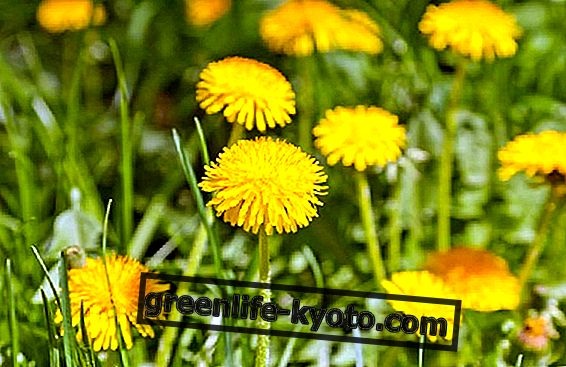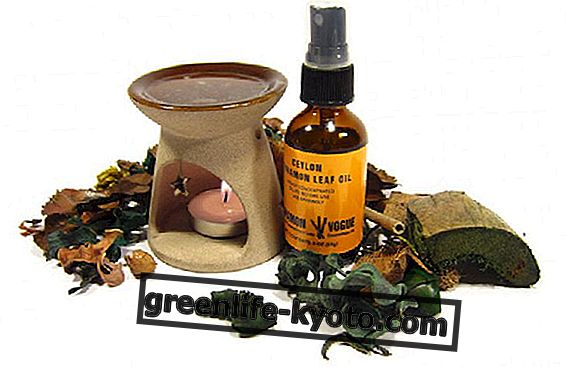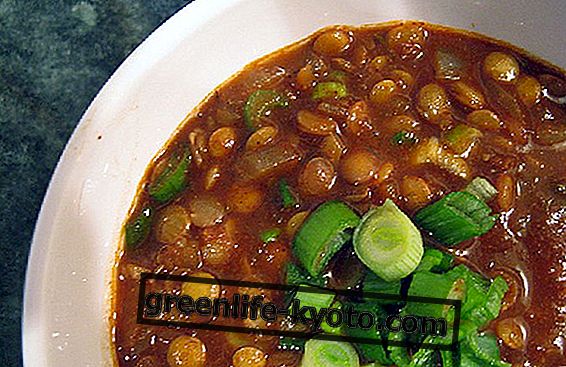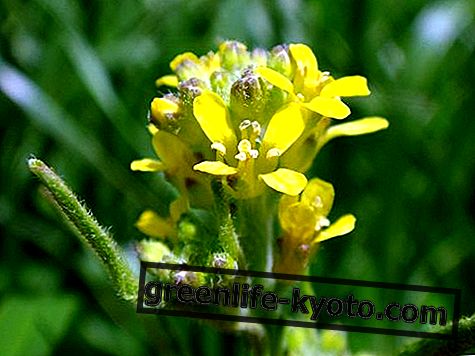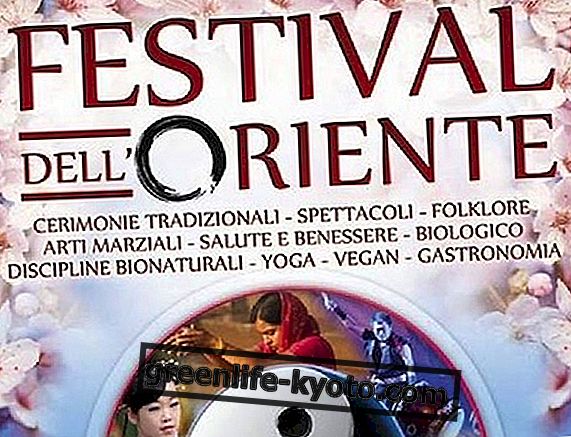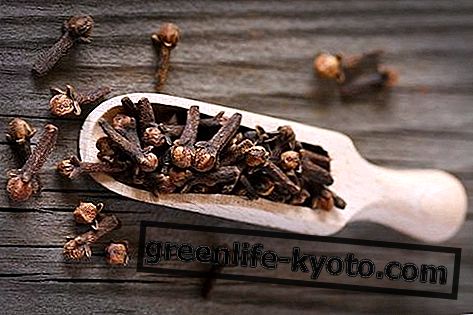
There are many varieties of rice ; only in Italy those registered in the national register are more than 100, while those used on a large scale, about thirty. In Italy, on a commercial level, rice is classified, according to the shape and size of the grain, into four groups: common or round, semi- fine, fine and superfine .
Polished, integral or parboiled rice?
Many types of rice that we normally consume have been subjected to bleaching and polishing, two processes through which different nutritional qualities of brown rice (mineral salts, vitamins and fibers) are lost. By bleaching the outer layers of the grain are eliminated, with different passages through which various types of product are obtained, more or less refined.
After bleaching, the final glaze: a superficial treatment with glucose or oiling with vaseline oil, which gives the beans the typical shine.
If we want to opt for less refined products, we can choose brown rice or even parboiled rice.
Read all the properties and benefits of rice
Brown rice is particularly rich in fiber and has a high satiety index. It keeps all the properties intact and is therefore richer in nutrients than whitened and polished. It is also indicated in the diet of those who want to lose weight or adopt a detoxifying regime. It has a lower glycemic index than refined rice and is therefore more suitable for those who must pay particular attention to blood glucose control.
Parboiled rice is qualitatively similar to the integral one; the treatment it receives, responsible for the characteristic amber color, allows it to maintain its nutritional properties practically intact ; qualities that, thanks to the treatment received, are preserved even with cooking. Parboiled rice does not overcook, a characteristic that makes it suitable for many preparations.
We describe, in more detail, the characteristics of four varieties of rice: Arborio, Ribe, Nero Venere and Basmati.
Arborio rice
Along with Carnaroli, Arborio rice is one of the most used in Italian cuisine. It has large and long grains and has a particularly high content of starch . Thanks to its large size it has a good cooking resistance and is particularly suitable for the preparation of risottos, but it is not very suitable as an ingredient for desserts; in rice based desserts it is in fact preferable to use quality with smaller grains.
The cooking time of the Arborio varies in relation to aging, to the vintage, to the degree of processing and also to the way in which it is cooked. In general, however, it cooks in 15-17 minutes.
Arborio rice has a high yield; the grains cook perfectly and evenly, keeping the central part to the tooth. During the preparation of risottos, the grains tend to grow absorbing the seasoning.
Ribe rice
Ribe rice has a compact texture and long, thin grains. It is the most used variety for parboiled treatment . It resists cooking very well and always remains a little al dente. It lends itself to many types of preparation; it is in fact the most versatile among the types of rice on the market in Italy. It is used for the preparation of risottos and soups and is also suitable for dishes that require long cooking, for example the rice timbale. Thanks to its tightness, it can also be used for salads.
It cooks, in 14-18 minutes, depending on the type of recipe.
Basmati rice
It is a variety of rice of Indian origin, and is grown mainly in India and Pakistan, but is easily found on the market here in Italy. The name means " Queen of the fragrance "; in fact, it has a characteristic spicy, sandalwood and hazelnut scent. It lends itself to the combination with meats, legumes and vegetables and, therefore, to the preparation of unique dishes; it is excellent as a side dish, simply seasoned with a little butter or olive oil, and can be used to accompany many main courses instead of bread.
Its grains are long and very thin ; after cooking they remain separate and firm. It can be found on the market both bleached and in full.
Black rice Venus
Venus black rice is native to China, but is now also cultivated in Italy, in the Po Valley. It is a quality of brown rice and has a significantly higher protein, iron and selenium content than other varieties. It is very rich in silicon and water-soluble vitamins, including B1, B2 and PP. The characteristic black color is due to the presence of anthocyanins, substances known for their antioxidant power.
According to a Chinese legend, Venus rice was appreciated by the court of the ancient Chinese emperors for its aphrodisiac properties, as well as for its wealth of nutrients.
It has rather long cooking times. It is generally used boiled and then combined with fish or vegetables.

